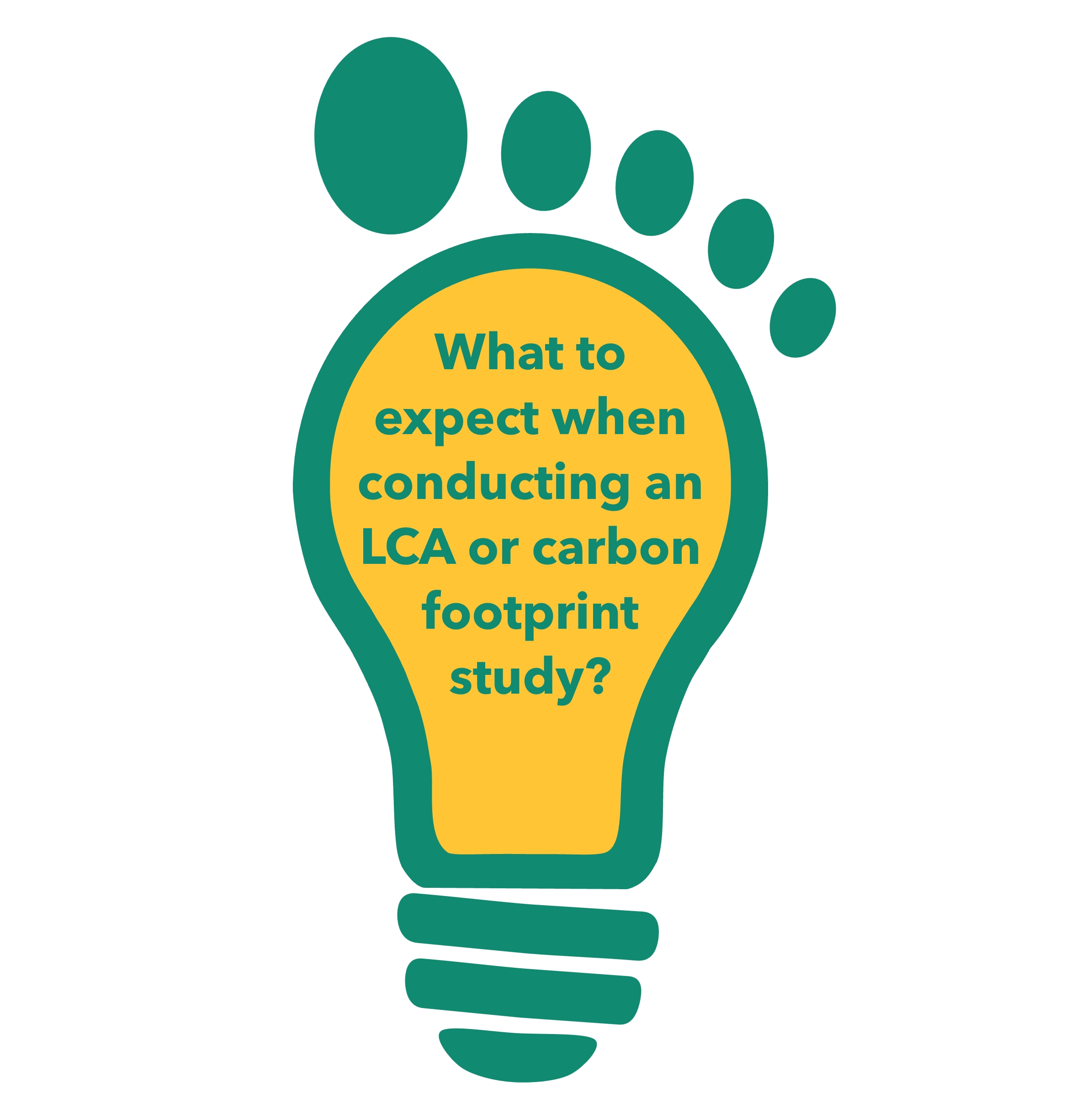Are you thinking about assessing the environmental footprint of your (food) product? Whether you’re aiming to improve sustainability, support marketing claims, or meet reporting requirements, a Life Cycle Assessment (LCA) or carbon footprint study can be a powerful tool. However, there are a few important questions to consider before getting started. The answers will help define the scope, data needs, and type of results we’ll work towards.

1. What is the goal of your study?
This is the most critical question to ask. The goal of your study shapes almost every other decision—ranging from the required level of detail to the type of data needed, the methodology used and the final deliverables.
- If your aim is to gain high-level insights, such as identifying environmental hotspots in your supply chain, a screening LCA can be performed with relatively limited data. We can summarize the results in a presentation or a short report.
- If you’re looking for insights during product development, a scenario tool might be most helpful. We can build a scenario tool to help you explore how changes in ingredients, packaging, or production affect your product’s footprint.
- If your objective is external communication, such as eco-labels, product claims, or ESG reporting, a full ISO-compliant LCA will likely be required. This involves detailed modelling, higher data quality, and possibly a third-party review (in case of comparative claims).
2. Which environmental impact categories are relevant?
While the carbon footprint (climate change) is the most well-known, a comprehensive LCA can assess a wide range of environmental impact categories, including for example water use, land use, eutrophication and resource depletion. In this article you can read more about the difference between life cycle assessment and carbon footprint.
The selection of impact categories typically depends on your study goals. A full LCA generally covers a broad set of impact indicators, as prescribed by standards like the Product Environmental Footprint (PEF). However, for initial scans, more targeted studies or in light of specific carbon-related goals, you may choose to focus only on carbon emissions. We’ll help ensure that your impact categories align with your sustainability priorities and any applicable industry guidelines.
3. What are the system boundaries and functional unit?
In LCA, system boundaries define which life cycle stages are included in the study. This choice directly influences the results and should match your goals:
- Gate-to-gate: Covers only the impact from manufacturing or production processes within a factory.
- Cradle-to-gate: Includes all upstream processes, from raw material extraction to the product leaving the factory.
- Cradle-to-grave: Covers the entire life cycle, including distribution, use, and end-of-life (disposal, recycling, etc.).
The system boundaries is also an important determinant of the functional unit, which exactly quantifies the function of the product being assessed, e.g. 1liter of refrigerated juice at retail.
For some applications, such as eco-labels (for food products) or regulatory reporting, the required system boundaries and functional unit are set by the relevant methodology. We’ll help ensure your study is aligned with these requirements.

4. What data is available?
The quality of your LCA depends heavily on the availability and accuracy of data. Reliable, company-specific (primary) data—such as energy use, ingredient quantities, or waste volumes—results in a more robust and meaningful footprint.
However, in case of a screening study or in case a facility is not yet fully operational, less detailed data is required and we can work with data from secondary sources.
Data collection is usually the most time-consuming phase of an LCA project, as it often requires back and forth with e.g. suppliers or manufacturing locations to get the right information in the right format. Therefore, data availability also affects the timeline of the project. The more complete and structured your data, the faster we can progress. It can therefore be useful to already think about who within your company and from suppliers should be involved in data collection.
To streamline the data collection process, we provide clear data collection templates so you know exactly what data is required, and we help reviewing the data to ensure it is correct and complete.
Set up for success
Starting with the right questions sets your LCA or carbon footprint study up for success. Whether your goal is internal insight, product development, or external communication, we help tailor the approach to your needs!
By thinking through the goal, scope, data, and impact categories in advance, you’ll get results that are both meaningful and actionable.
Ready to get started with a life cycle assessment or carbon footprint analysis for your (food) product? Read more about how the process works in this article, or feel free to get in touch to explore how we can support you!


